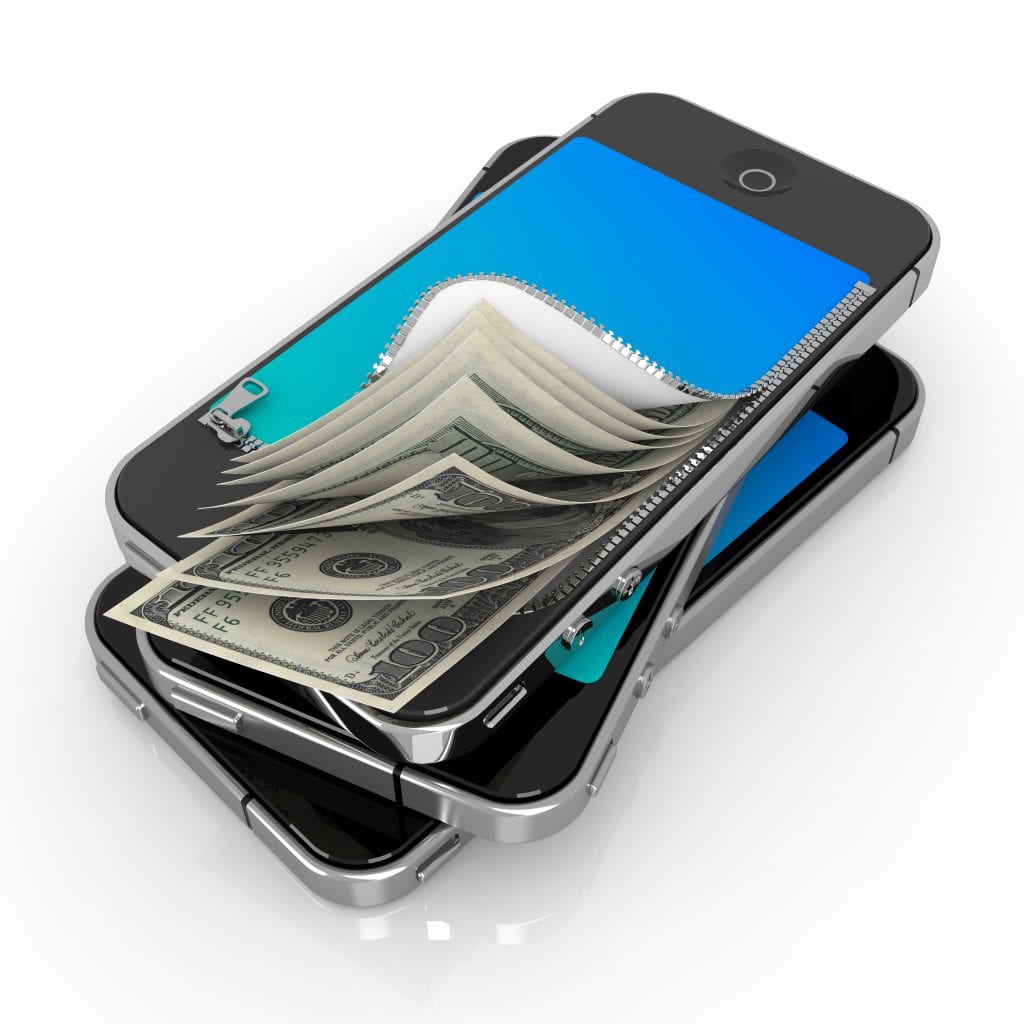The PEW Research Internet Project celebrated the Web at 25 with these statistics:
“87% of American adults now use the internet, with near-saturation usage among those living in households earning $75,000 or more (99%), young adults ages 18-29 (97%), and those with college degrees (97%). Fully 68% of adults connect to the internet with mobile devices like smartphones or tablet computers.”
While some merchants have begun to leverage consumers’ Internet usage by offering electronic receipts, most have totally ignored the opportunity. Many merchants that have enabled e-receipts have then gone on to irritate customers through overzealous marketing campaigns that forgot that relevance is most critical.
By properly leveraging e-receipts, brick and mortar retailers gain the opportunity to create a sticky relationship with customers by offering relevant content that provides the opportunity for the merchant to connect its physical locations with its online presence, driving the consumer to adopt a omnichannel relationship.
Every customer should be asked if he or she would like to enroll to receive receipts by email or SMS. If the merchant intends to enroll the customer into a marketing campaign, then the customer should be required to explicitly agree to this in a highly transparent way—autoenrolling consumers into your marketing campaign abuses the consumer’s trust. Retailers must coddle, not cudgel, the customer into a trusted relationship. The best way to execute the coddling is to offer the customer who signs up for e-receipts additional benefits that will reengage and increase trust sometime in the future while requesting the customer join the loyalty program or marketing campaign at every step. Solutions might look like this:
A clothing store can provide the customer an online list of purchases made at the store. This might include an expedited return process for customers who adopt this approach, eliminating the need apply a credit on the card, instead utilizing a store gift card. The list of items purchased can be linked back to the store’s online presence so that the consumer can easily recommend the item to a friend or click on the Facebook “Like” button, etc.
A big box retailer can introduce a similar capability but also make product warranties and manuals available to the consumer using the list of purchased items.
A coffee shop can provide the receipt and automatically add the user to a new form of loyalty program, perhaps one that passively offers rewards, but at a lower rate than the full-fledged loyalty program that is tied to the corporate marketing campaign manager. In this way the customer has incentives to return to the store as well as incentives to sign-up for the full-fledged loyalty program.
Retailers that do not offer enrollment for e-receipts are missing an opportunity. And so are many that do have e-receipt programs but hit the customer over the head with an aggressive marketing campaign on the first touch, rather than gently moving the customer into a trusted relationship.
See more at: http://www.mercatoradvisorygroup.com/Templates/BlogPost.aspx?id=3442&blogid=25506#sthash.NqxFB4KU.dpuf
